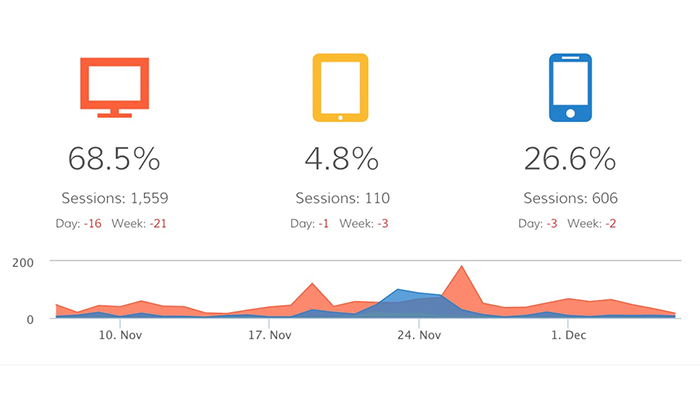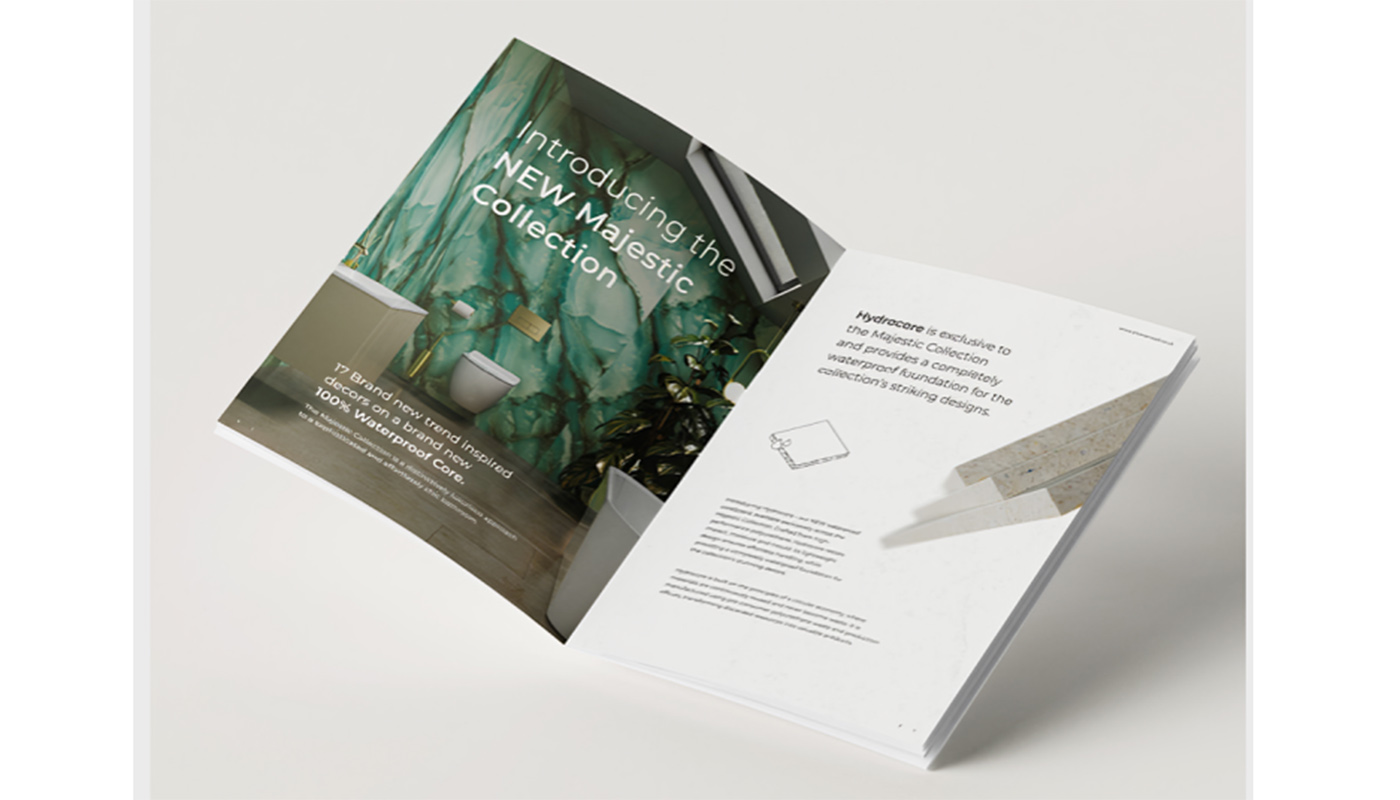Expert view: 5G is coming – make no mistake, it will be a game changer
Thu 15th Jul 2021 by Katrina Bell

Expert view: 5G is coming – make no mistake, it will be a game changer
The last major overhaul in the process of future-proofing your website was undoubtedly mobile optimisation. With that largely complete, the next big change is the coming of 5G on-the-go Internet – and it will be no less of a game changer, says Katrina Bell.
Since it’s arrival in the UK in May 2019, all four major neworks now offer 5G data plans, which promise to deliver at least 10 times faster connectivity than 4G. To give you an idea, downloading an HD film can take over 15 minutes on 4G but could easily be achieved in about 3 minutes. It’s estimated full UK coverage may be here by 2022.
The most obvious benefits will be speed, reduced latency – which is the time it takes for your website to deliver content – more stable connections and less lag. For website owners and developers, now is a perfect time to begin the planning process for the changeover.
For the end user the biggest behaviour change is likely to be a greater willingness to engage in data-rich activities. Imagine an HD Zoom using holographics as the new normal.
It will also have a huge impact on our day-to-day interactions with smart retail and even smart cities – if the end user no longer worries about a slowing down of experience, they are infinitely more likely to interact in more complex and immersive ways. A train load of commuters would no longer feel the annoyance of trying to get onto the public WiFi when their mobile data can deliver an even better experience.
Website owners can also expect a whirlwind of opportunities and a greater power of creativity. Think wall-to-wall HD images, embedded apps that connect to wearables or intelligent chatbots, and of course, limitless content streaming.
Video will finally come into its own. It’s a fair prediction that websites will become much more cinematic in nature – painting in full 4K with confidence. Where once embedding a YouTube video might have been a stretch, now we will be able to use video as backgrounds, hero images at the tops of screens and even as navigation links.
A beautiful example can be seen by visiting the site of Copenhagen-based design studio Kühl & Han. Such a rich visual environment on a mobile-optimised site would have been unthinkable five years ago. It’s no surprise that the Kühl & Han’s founders have backgrounds in film and CGI as these are the next-generation skills needed for the future.

The reduced latency will inevitably allow designers to create sites with much richer and more diverse content, as well as more complex types of user flow or user experience. Engagement channels such as online video conferences or real-time chatting, for instance, need not be confined to a contacts page – these points of entry for your consumers should be popping up in multiple places on your site.
Will we one day see the end of the search button, as we will all be using voice search? That pesky AI Siri could finally become viable if the device’s connection is secure and fast enough. That in turn will affect your content – if you have reams of paragraphs of hyperbole rather than information-rich keywords in a conversational format, how could a user make a reasonable request from your web page to tell them what they want to know? Voice queries tend to be 10 words or less, in the same way Google searches are strangely predictable ,hence brand owners need to learn the habits of keyword conciseness now.
This won’t mean that websites will necessarily get more complicated – a simple, flowing journey round the real estate will still need to be a snag-free experience and bad habits such as flickering text, unnecessary graphics or overcrowded spaces, will always need to be avoided.

The mobile-first principle will become the gold standard of design. I predict that, post-5G, the phone will become predominant as the acquisition device (as Google terms it), and far fewer users will swap from their mobile to their desktop to finalise their purchases. Google Analytics has a useful tool for showing sessions by device type. If you haven’t peeked at your data, it’s a data set you need to become familiar with. To see what percentage of your users are on mobile devices open up the Audience tab, and select Mobile and Overview. Those numbers will keep edging towards mobiles with increasing speed.
It’s all great news. Now you are on the road to mastering 5G capabilities, should we be talking about progressive web apps? Another day?
Tags: insight, features, 5g, expert view, digital marketing


























